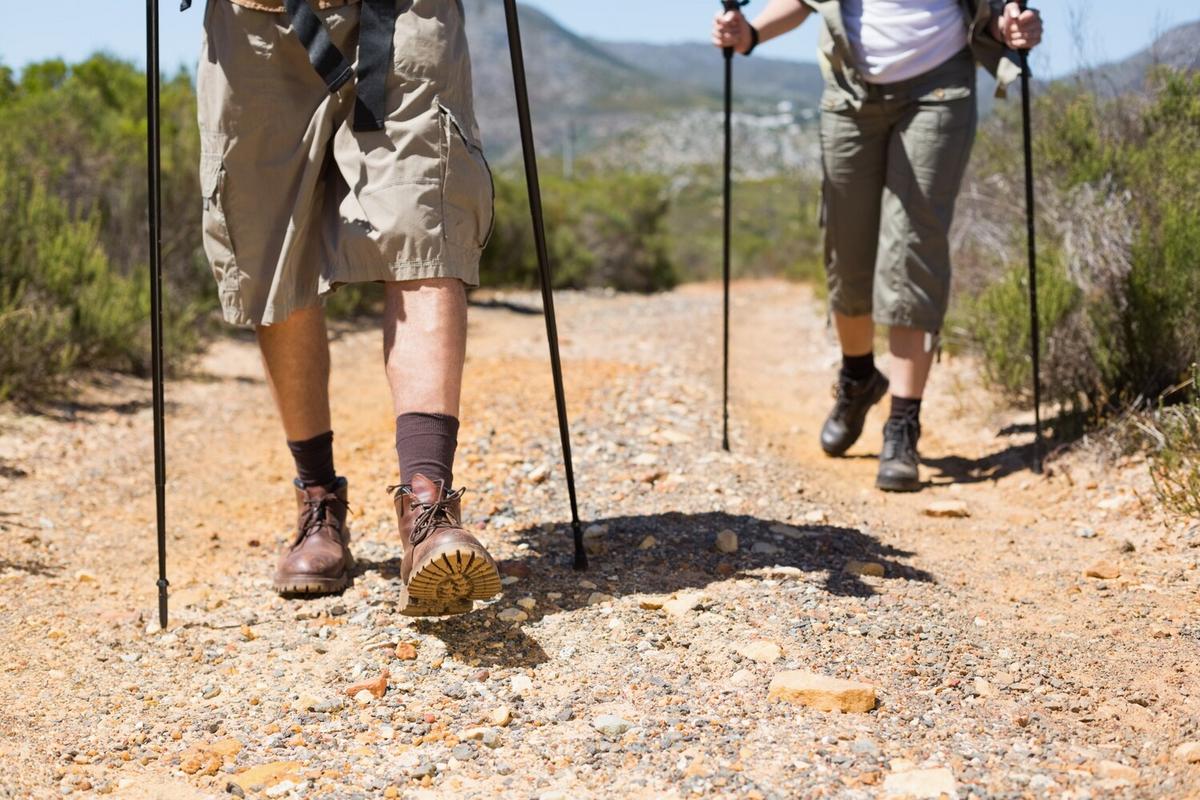Planning a trip to explore the top trails and national parks can be both exhilarating and overwhelming. With so many stunning destinations to choose from, it’s essential to gather the right information before booking your adventure. This guide will help you navigate the process, offering expert opinions, actionable tips, and personal insights to ensure your journey is unforgettable.
Understanding the Appeal of National Parks and Trails
National parks and trails offer a unique blend of natural beauty, adventure, and tranquility. According to the National Park Service, over 327 million people visited national parks in 2019, highlighting their immense popularity.
Expert Opinions
Dr. Sarah Johnson, a renowned ecologist, notes, ‘National parks are critical for preserving biodiversity and providing recreational opportunities. They offer a chance to connect with nature and understand the importance of conservation.’
Research Findings & Statistics
Recent studies reveal that spending time in natural environments can significantly reduce stress and improve mental health. A study by Stanford University found that walking in nature can lead to a 7% reduction in stress-related brain activity.
Personal Anecdotes
During my visit to Yellowstone National Park, I was mesmerized by the geysers and wildlife. The experience was both humbling and inspiring, reminding me of the importance of preserving these natural wonders for future generations.
Actionable Tips for Planning Your Trip
- Research the park’s peak seasons to avoid large crowds and have a more serene experience.
- Check the weather forecast and pack accordingly. Layered clothing is often a good choice.
- Book accommodations early, especially in popular parks like Yosemite and Grand Canyon.
- Familiarize yourself with the park’s rules and regulations to ensure a safe visit.
- Consider guided tours for a more in-depth understanding of the park’s history and ecosystem.
Comparison Table: Top National Parks
| National Park | Location | Key Attractions | Best Time to Visit |
|---|---|---|---|
| Yellowstone | Wyoming, Montana, Idaho | Geysers, Hot Springs, Wildlife | April to May, September to November |
| Yosemite | California | Waterfalls, Giant Sequoias, Granite Cliffs | May to September |
| Grand Canyon | Arizona | Vast Canyons, Colorado River | March to May, September to November |
| Zion | Utah | Canyons, Hiking Trails | April to October |
| Rocky Mountain | Colorado | Mountain Peaks, Wildlife | June to September |
| Great Smoky Mountains | Tennessee, North Carolina | Diverse Flora and Fauna | April to October |
| Glacier | Montana | Glaciers, Lakes, Hiking | July to September |
| Arches | Utah | Natural Arches, Rock Formations | March to October |
FAQs
What are the busiest times to visit national parks?
Most national parks are busiest during summer months (June to August) and holidays. To avoid crowds, consider visiting during shoulder seasons like spring and fall.
Are pets allowed in national parks?
While pets are allowed in many national parks, they are often restricted to certain areas. Check the specific park’s guidelines before bringing your pet.
What should I pack for a trip to a national park?
Essential items include comfortable hiking shoes, weather-appropriate clothing, a first-aid kit, navigation tools, and plenty of water and snacks.
Do I need a permit to camp in national parks?
Yes, most national parks require permits for camping. It’s advisable to book these permits well in advance, especially for popular parks.
Conclusion
Exploring the top trails and national parks is an enriching experience that offers a deep connection with nature. By planning ahead and being well-informed, you can ensure a safe and enjoyable adventure. Remember to respect the environment and follow park guidelines to help preserve these treasures for future generations. Ready to embark on your journey? Start planning your trip today and immerse yourself in the beauty of the great outdoors.




Leave a Reply